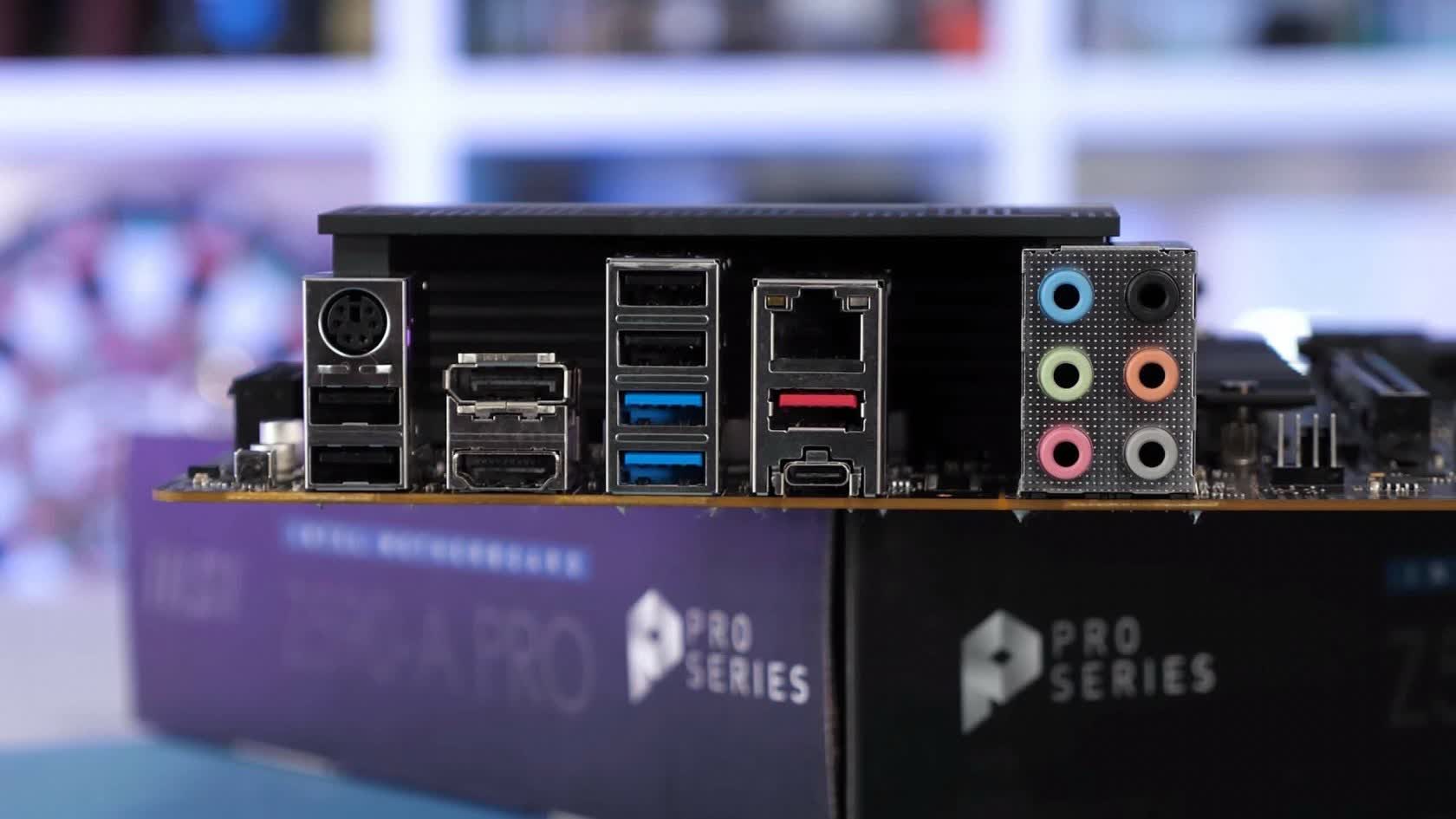When looking at the chipset, in particular, the Z490 features 4 DMI connectivity lines to the CPU which is great. However, the Z590 does stand out for this specification and features 8 lanes.
Another difference between both chipsets is in terms of connectivity. The Z590 features 10 USB 3.2 Gen 2×1 ports, in comparison to the Z490, which only has 6 of these ports. In addition to this, the Z590 has 3 USB 3.2 Gen 2×2 ports, while the Z490 features none. Both chipsets feature an integrated LAN which is MAC.
The chipset link for the Z590 is DMIx8 and for the Z490 is DMIx4. For comparing the two, it is clear that the Z590 is the newer and more future-proof of the two. Overall, this chipset is likely to run faster overall.
